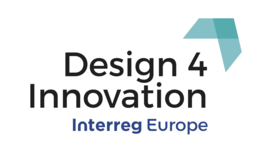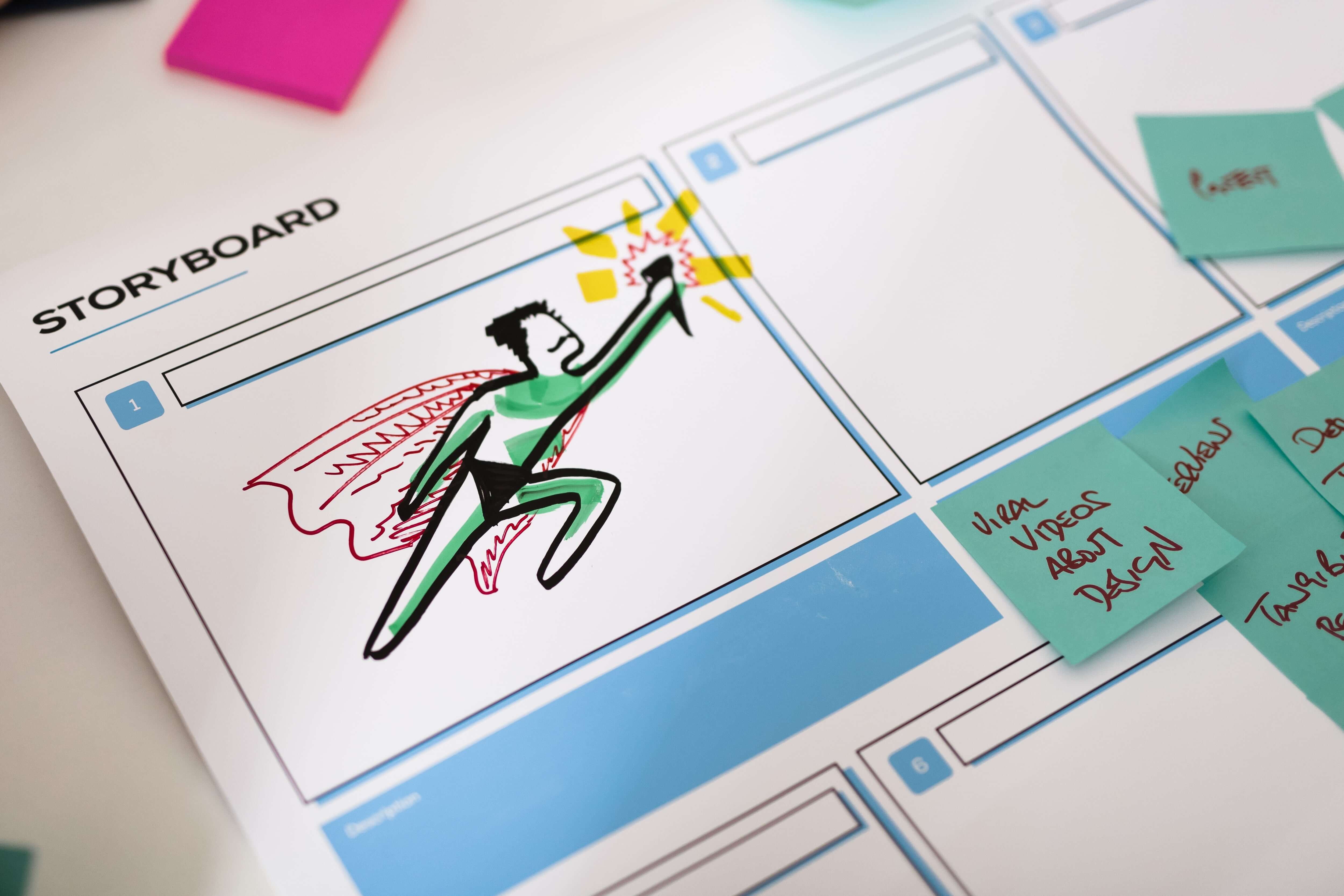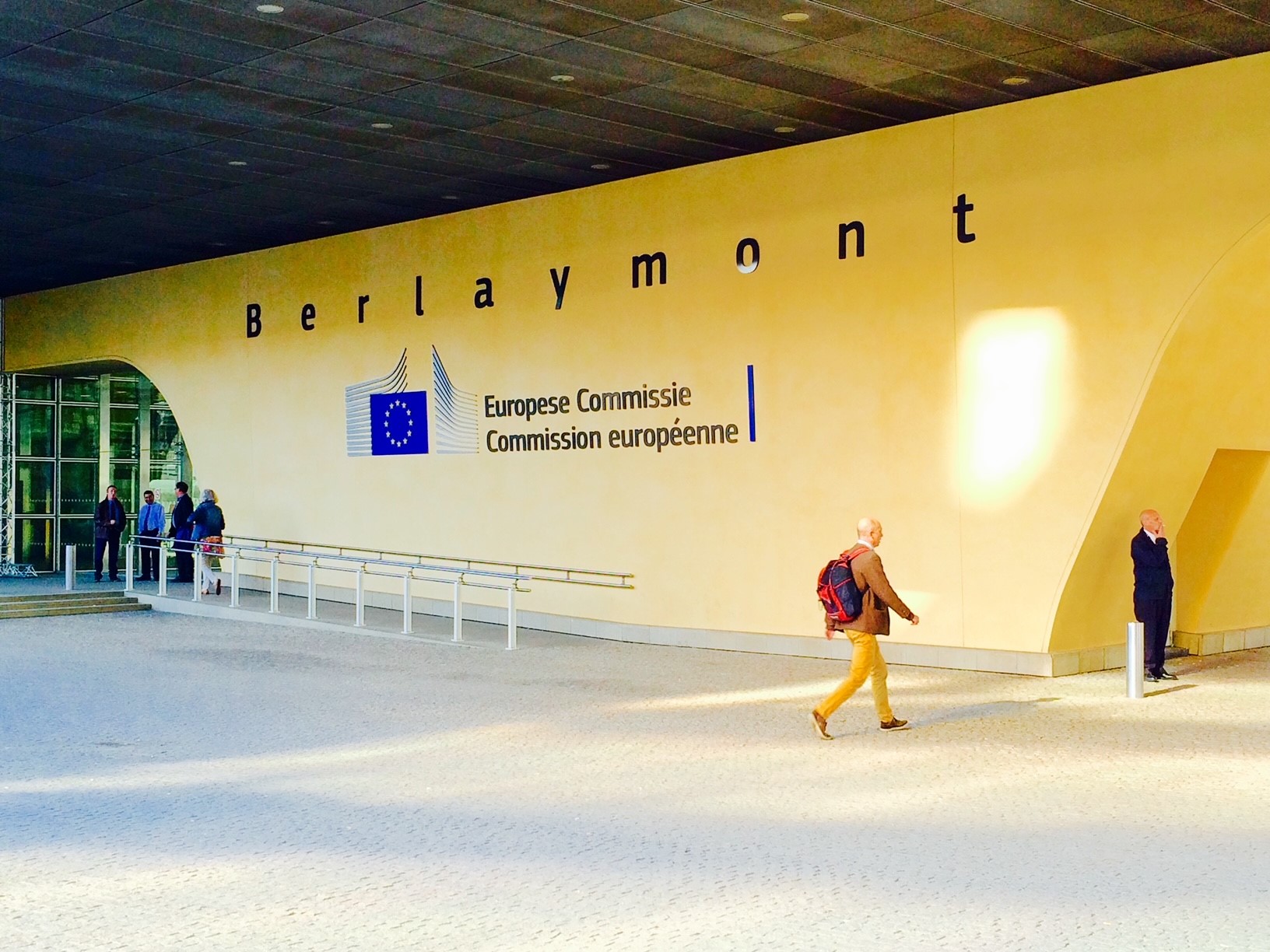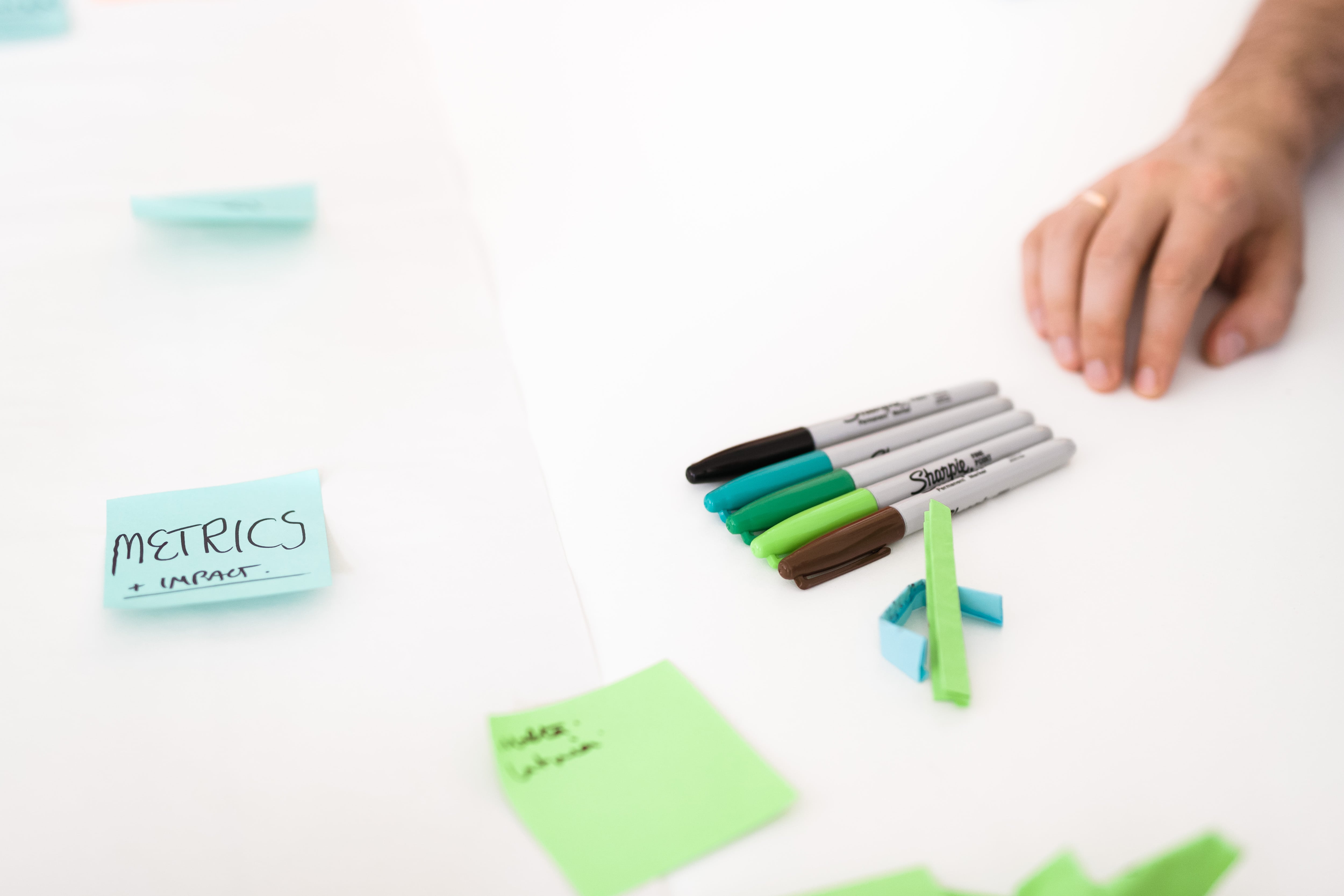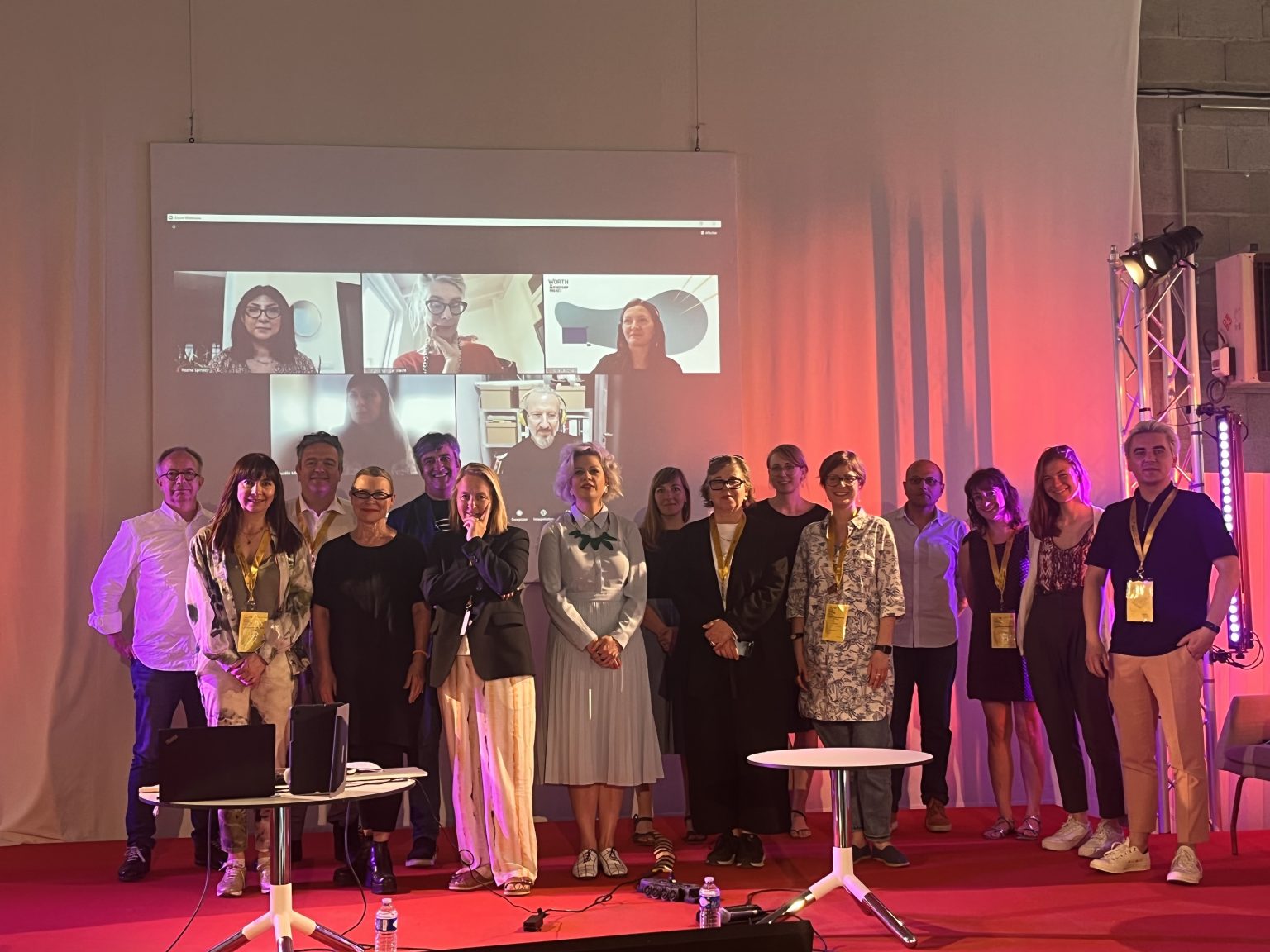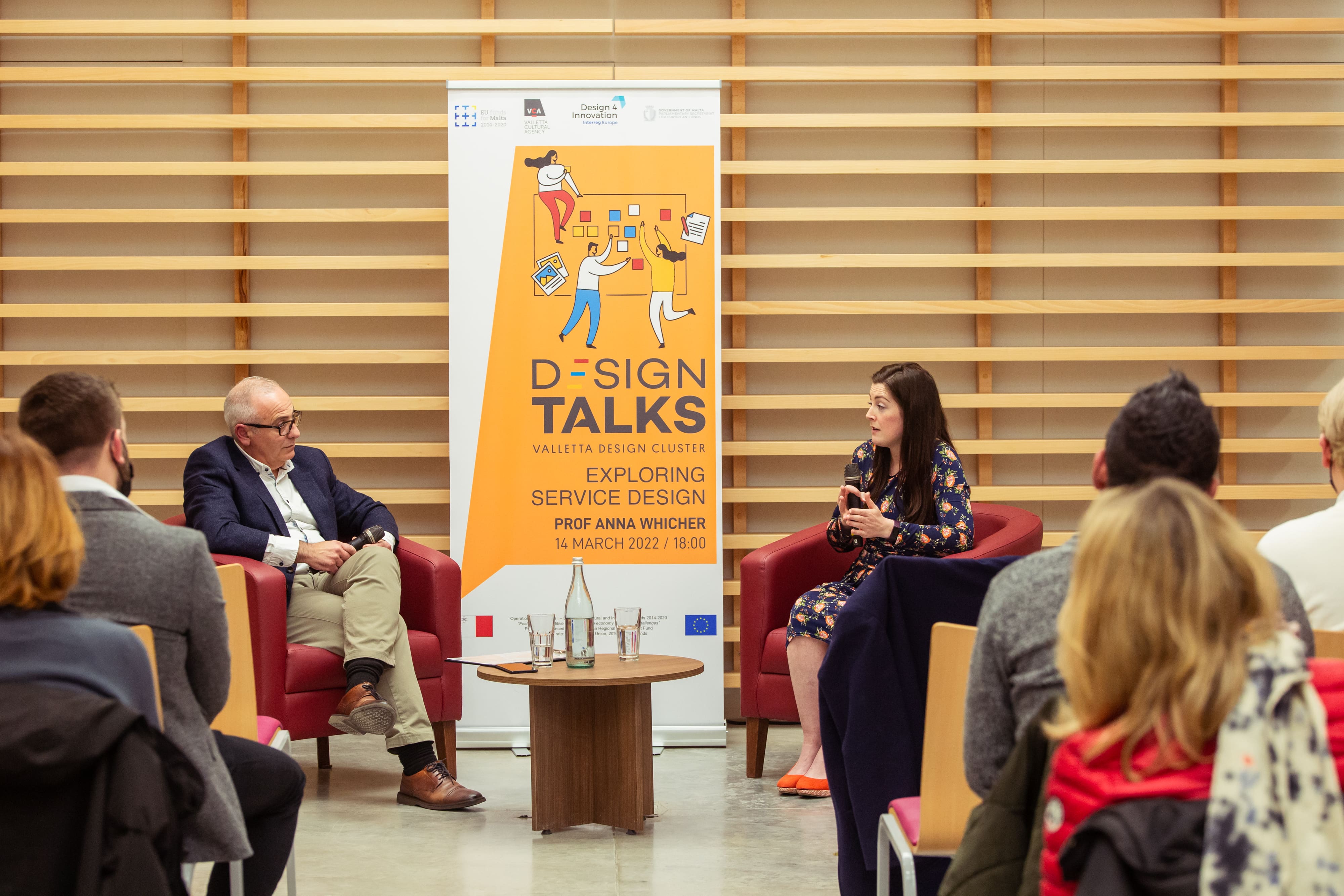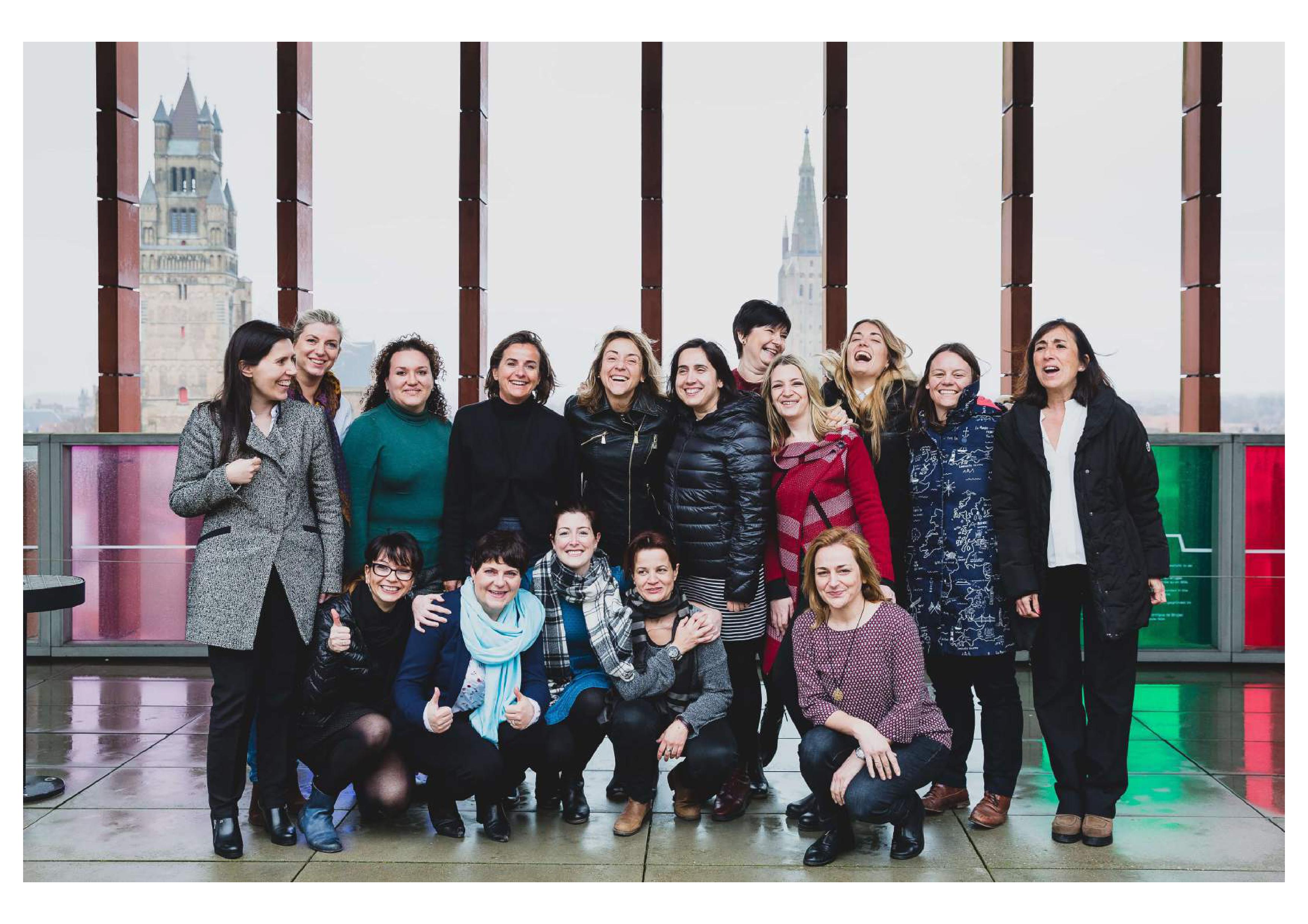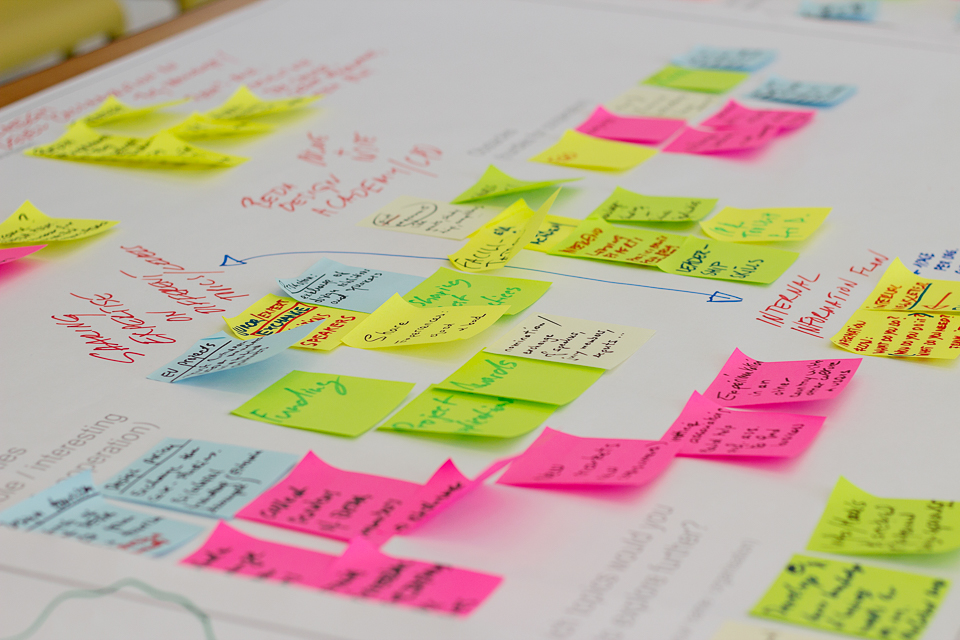"... there is something wrong with the world."
These words from the Nobel lecture by Olga Tokarczuk, 2018 Laureate in Literature, continue to reverberate in my head since I was listening a live broadcast on one dark December evening. In her speech, the author talked about our lack of respect for the planet, self-absorption, excessive competition and inability to really understand and communicate with each other in the digital age. Even more worryingly, she pointed out that we lack the narratives to tell the story about ultra-rapid changes of today’s world, not mentioning the conceptual apparatus for the unknown future. As a way to remedy current woes, climate emergency and political crisis, Tokarczuk proposes 'tenderness' - "the art of personifying, of sharing feelings. (...) way of looking that shows the world as being alive, living, interconnected, cooperating with, and codependent on itself."
Indeed, we need renewed empathy, trust and vocabulary to shape and tell a more positive vision of us in the future. Since I started my professional life around ten years ago, we are only bouncing from one crisis to another, reactively trying to respond to 'complex challenges', 'unprecedented changes', necessity of financial austerity, growing frustration over unsolved social problems or deteriorating condition of our environment caused by unsustainable and thoughtless mass production and consumption.
Industrial design can be partly blamed for constantly whetting our appetites for things we do not need or giving us convenience at a huge price for the environment. Already in 1971 Victor Papanek emphasised how powerful design is and what are potential threats and opportunities:
“There are professions more harmful than industrial design, but only a very few of them” and further “[…]design has become the most powerful tool with which man shapes his tools, environments (…) society and himself."
Almost fifty years later, I dare to say that design still is one of those powerful tools but it has evolved and re-focused to contribute to solving our problems and mistakes of the past; and to help us empathise, communicate better and imagine more desirable futures. Designers now are aware of their both creative and destructive power and are up for the challenge to tackle climate emergency and facilitate cooperation between divided communities.
